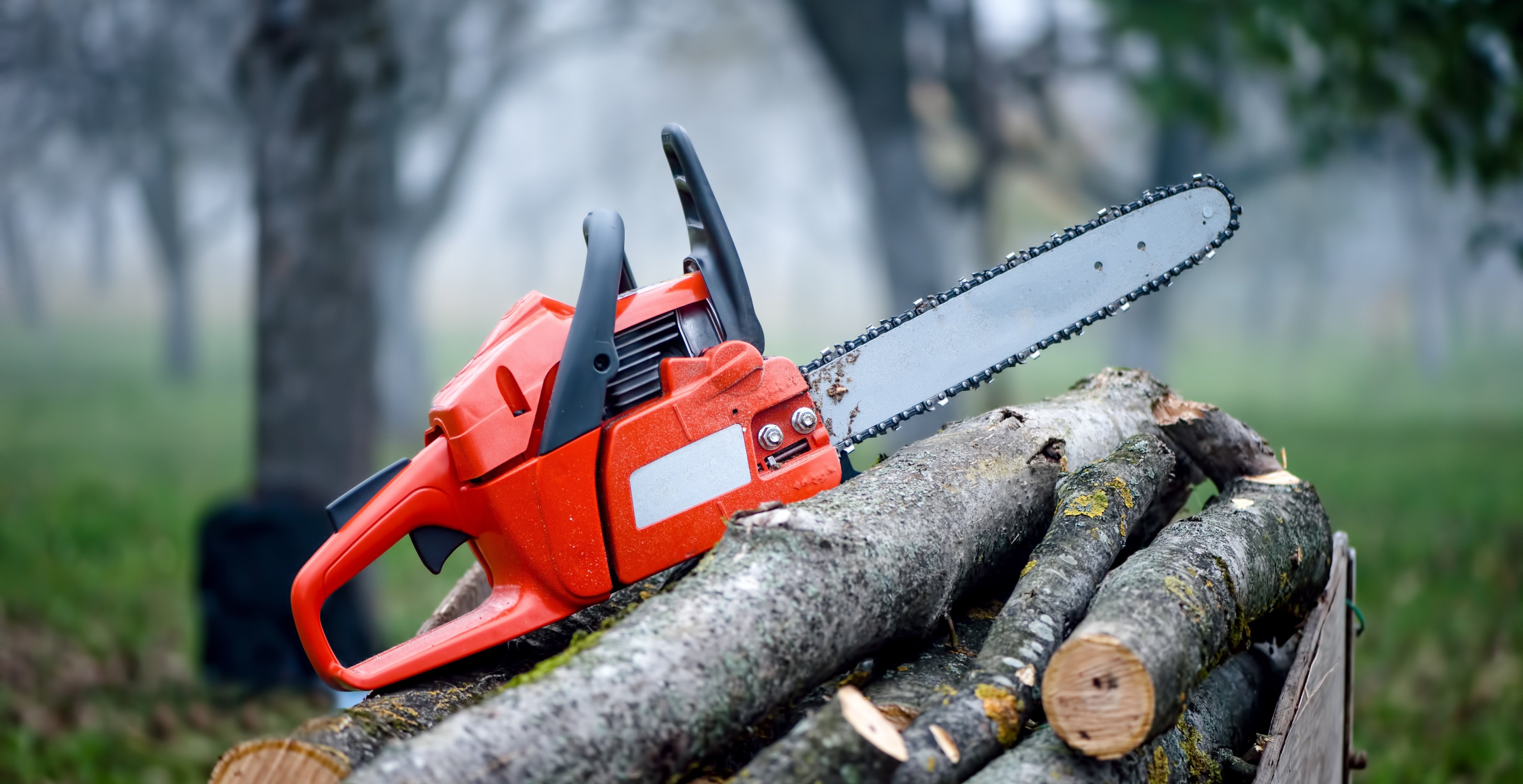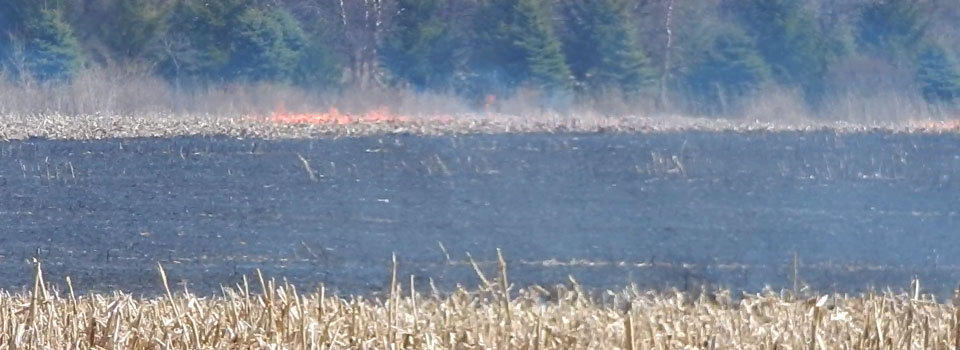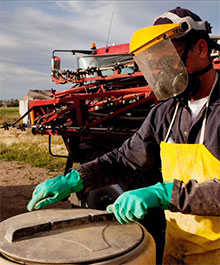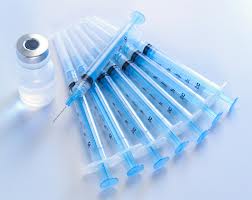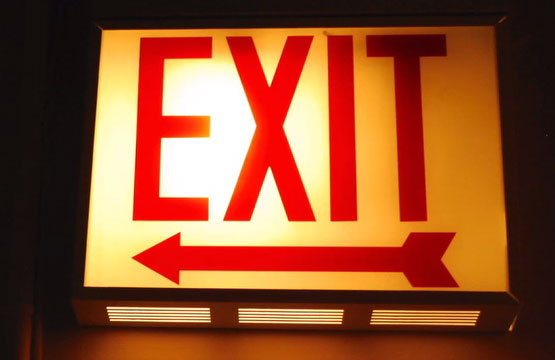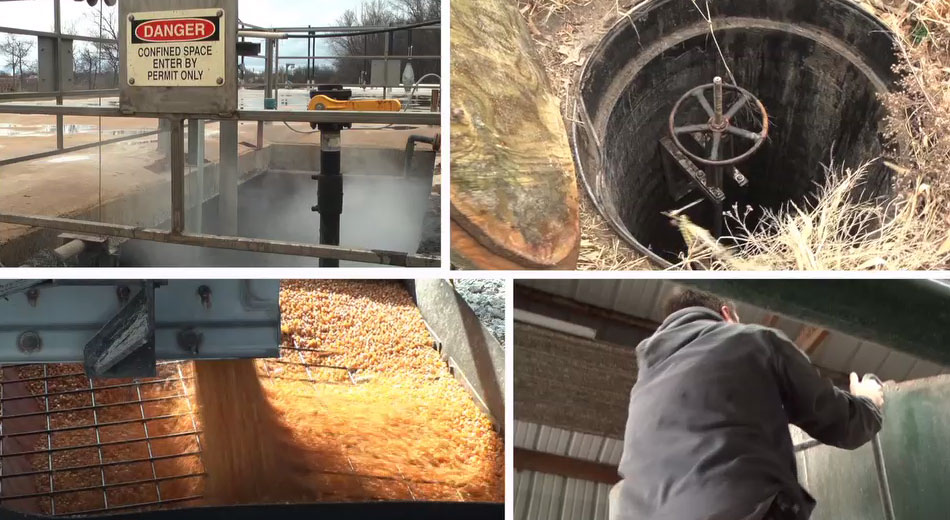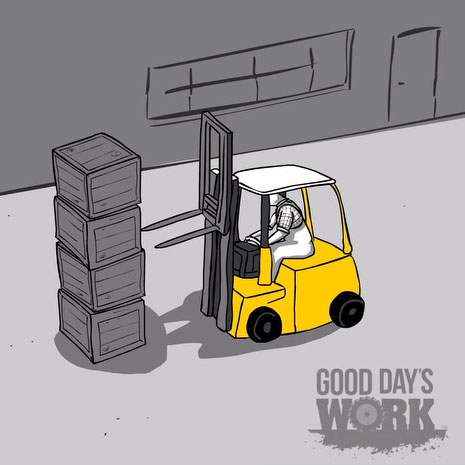The machines that most people immediately visualize when they think of agriculture are the large ones – tractors, combines, harvesters, and so on. But many of our tools are handheld. A prime example is the chainsaw. Many farmers sharpen their chains to clear fence rows in the early spring when fields are often too wet for heavy equipment.
Good Day's Work

Recent Posts
Grass fires area a common hazard in certain parts of the country that are dry for extended periods of time or have periods of dry weather where crop residue, pastures and grasslands are very dry. Nearly half of all agricultural fires involve brush or short grass, making it easy to underestimate their danger.
Topics: fire
Chemicals are a fact of life in agriculture. We use them everywhere for almost everything. So it’s important to know the best practices for handling them carefully, storing them safely, and what to do in the event of unexpected exposure.
Topics: hazard communication, chemicals
Anhydrous ammonia is one of the most commonly used fertilizers in agriculture. It is used as an efficient method of restoring nitrogen into the soil. It’s easy to apply and readily available.
Topics: anhydrous ammonia, chemicals, personal protective equipment (PPE)
Important components of ag safety are knowledge and information. Knowing the pharmaceuticals being used on your farm today and knowing how to administer them is key to protecting farm workers, animals, consumers and environment. Today's medicines and chemicals are safer but only if the label instructions and manufacturer recommended safety precautions are followed.
Topics: pharmaceutical handling, agriculture
By now you should have already developed an Emergency Action Plan (EAP) for your operation. Your EAP probably includes instructions on how to handle emergencies involving your operation’s day-to-day functions and activities: chemical leaks and spills, fires, use of personal protective equipment, confined spaces – just to name a few.
Topics: emergency action plan, fire
Fire is an ever-present concern in many agriculture operations. Every year, 20,000 ag-related fires cause over $100 million in property damages. These types of fires tend to be more expensive than other industrial fires because of the loss in crops and livestock involved, in addition to buildings and equipment.
Topics: livestock & animals, fire
Running an agriculture operation is hard work. It’s also dangerous work. Every year agriculture finds itself at the top of the list of the ten most dangerous industries in the United States. Little wonder, then, that OSHA has started paying more attention to farms, feedlots, dairies, and other ag operations. And with the cost of OSHA citations increasing, farmers and ranchers simply can’t afford to let unsafe operating practices go overlooked.
Topics: safety director, safety culture, safety training program
Farm Safety Training In-Depth: Keeping Confined Spaces Workers Safe
Chances are good your agriculture operation has buildings or structures that are considered to be confined spaces. OSHA defines a confined space as: large enough for an employee to enter fully and perform assigned work; not designed for continuous occupancy by the employee; and has a limited or restricted means of entry or exit. In practical terms this typically includes structures such as manure pits, silos, grain bins, and fertilizer tanks, among others. In most cases these structures are also considered to be permit-required confined spaces.
Topics: confined spaces, agriculture
Depending on the size of your operation, chances are good that you need to move heavy loads around. Whether they be skids of seeds, tanks, or other common farm equipment, it is probably a powered industrial truck (PIT) – commonly called a forklift – that you’re going to use for the job. It may also be a skid steer, payloader or telehandler. And just like any other heavy farm equipment, operating a forklift comes with its own hazards and concerns.
Topics: powered industrial trucks, safety training program, OSHA law & compliance
